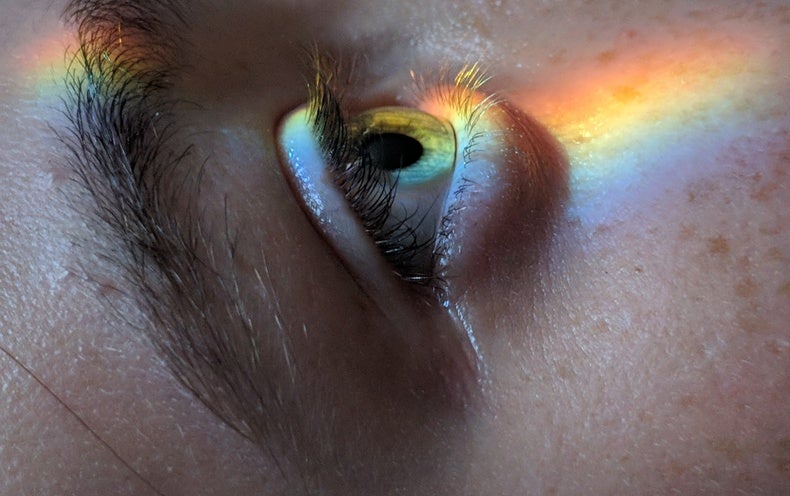Olde Hornet
Well-Known Member

Vision and Breathing May Be the Secrets to Surviving 2020
Stanford neurobiologist Andrew Huberman discusses the two things we can always control, even during a high-stress election and scary COVID pandemic
Stanford neurobiologist Andrew Huberman discusses the two things we can always control, even during a high-stress election and scary COVID pandemic
But Andrew Huberman, a neuroscientist at Stanford University who studies the visual system, sees matters a bit differently. Stress, he says, is not just about the content of what we are reading or the images we are seeing. It is about how our eyes and breathing change in response to the world and the cascades of events that follow. And both of these bodily processes also offer us easy and accessible releases from stress.
Huberman’s assertions are based on both established and emerging science. He has spent the past 20 years unraveling the inner workings of the visual system. In 2018, for example, his lab reported its discovery of brain pathways connected with fear and paralysis that respond specifically to visual threats. And a small but growing body of research makes the case that altering our breathing can alter our brain. In 2017 Mark Krasnow of Stanford University, Jack Feldman of the University of California, Los Angeles, and their colleagues identified a tight link between neurons responsible for controlling breathing and the region of the brain responsible for arousal and panic.
